On the Outskirts of the Great Sand Dunes: 8 Can't-Miss Experiences Outside Park Boundaries
Reaching a height of 750 feet, the sand dunes in Colorado’s San Luis Valley are the largest dunes in North America, and they attract thousands of travelers each year. But, something equally impressive lies beyond these mountains of sand. Looking like massive shark teeth, a collection of ten 14,000-foot peaks pierce the sky and tower over the valley. These mountains in the Sangre de Cristo Range not only provide a dramatic backdrop to Great Sand Dunes National Park and Preserve, but they also offer the chance to experience amazing hikes and other adventures beyond the park’s boundaries.
Outside of the park, you’ll not only encounter rugged mountains, but also several other ecosystems, including wetlands, grasslands, and the Riparian area where cottonwoods, aspens, and alders thrive along lively creeks.
With such a rich landscape surrounding the park, there’s plenty do after you’ve slid down the dunes, like hiking to waterfalls, fishing, biking, and viewing bison. Before you head to the sand dunes or the surrounding area, check out these eight amazing things to experience beyond the boundaries of the national park.
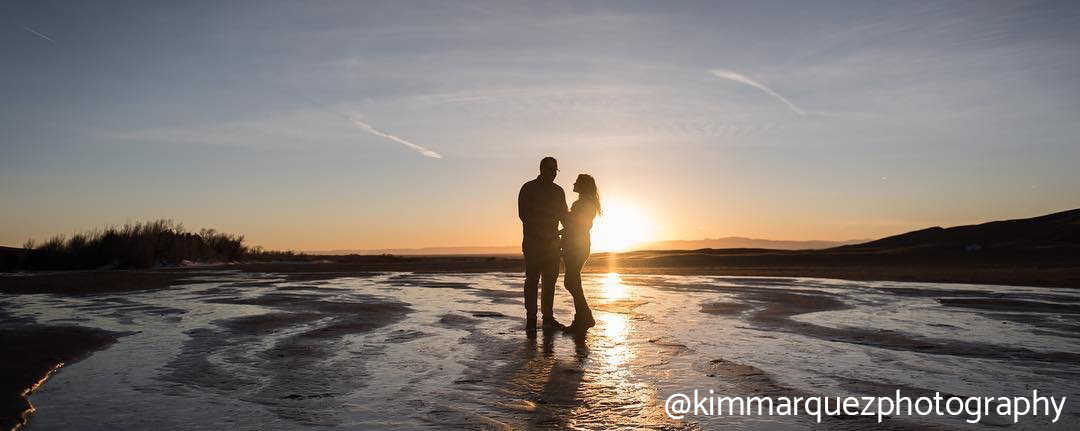
What to do on Valentine's Day in Alamosa
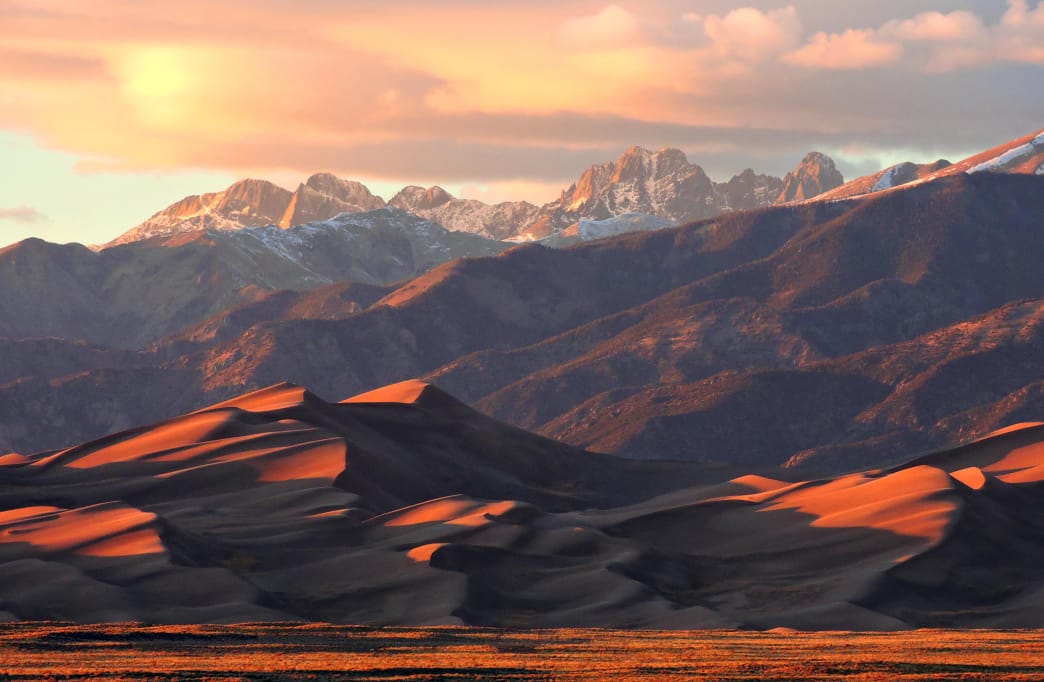
10 Things to Know Before Planning a Trip to Great Sand Dunes National Park
Great Sand Dunes National Park & Preserve is home to the tallest dunes in North America, topping out at around 755 feet. These ever-shifting hills and mounds sit west of the Sangre de Cristo Mountains, creating a mind-boggling, desert-like landscape surrounded by 14,000-foot snow-capped peaks. Compared to most of Colorado’s mountains, the Sangres are extremely rugged, due to the earth’s sudden upheaval that created their relief. The landscape here is one of the most stunning scenes in the entire country.
The dunes are also surrounded by a variety of environments, including grasslands, wetlands, aspen forests, and alpine lakes. Nearby, a grove of 200 ponderosa pine trees, which is listed on the National Register of Historic Places, was historically peeled by indigenous tribes for food and medicine.
From the best ways to explore the dunes to where to stay when visiting the area, here are 10 things you should keep in mind to make the most of your trip.
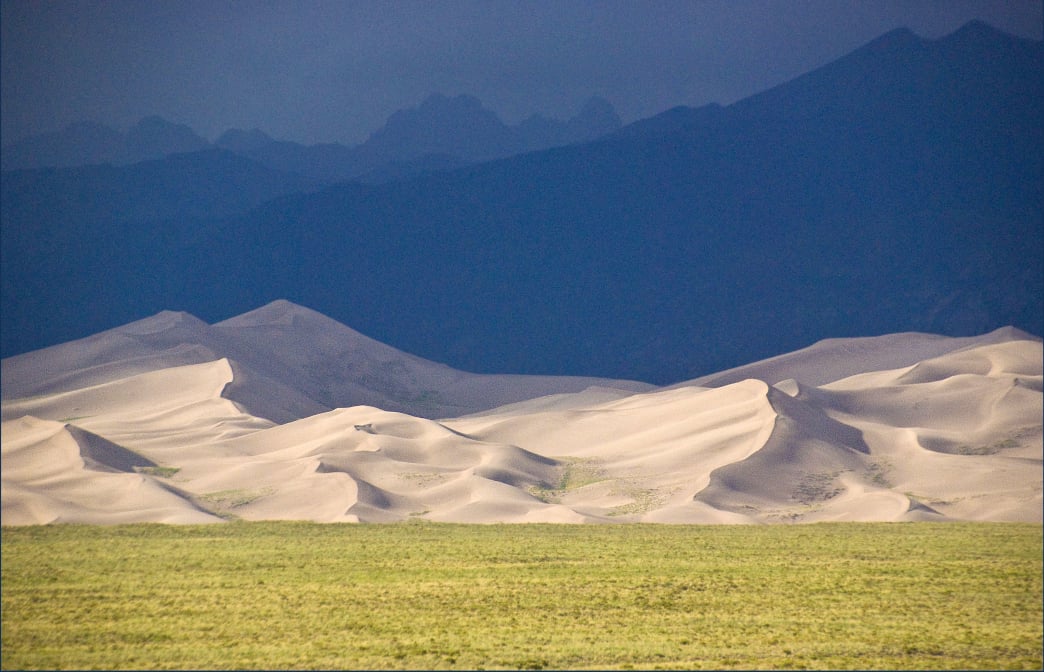
How to Have a Memorable Family Vacation in the San Luis Valley
With its craggy peaks and remote canyons, the San Luis Valley attracts plenty of hardcore explorers, but it’s also a fantastic destination for families. From the Great Sand Dunes to Penitente Canyon, you’ll find fun activities suited for everyone in the family, from children to grandparents.
Kids will have a blast zooming down sand dunes and splashing in thermal pools, and everyone in the family can enjoy easily accessible campsites with nearby mellow trails that wind through striking scenery. Plus, the valley holds unique and unexpected thrills, like train rides through the rugged mountains and close encounters with alligators.
To help you plan a trip that will create lifelong memories for everyone in your family, we’ve picked out some of the best activities and must-see destinations in the San Luis Valley.

Annual Christmas Bird Count at Great Sand Dunes
Great Sand Dunes is looking for birders of all skill levels to volunteer in Audubon's longest-running wintertime tradition, the annual Christmas Bird Count (CBC). This year’s event will be held at Great Sand Dunes National Park and Preserve on Saturday, December 29th. Great Sand Dunes is one of many locations nationwide participating in this survey. The park is also encouraging those within the count circle who have bird feeders to join in the fun.

A Food-Lover's Guide to Alamosa
While Alamosa is bordered by wild and rough terrain, including high passes, craggy peaks, and the famous Great Sand Dunes, the San Luis Valley is known for its rich agricultural history.
Established in 1878 as a stop on the Denver & Rio Grande Western Railroad, Alamosa became a major hub for commerce, and in the last century farming and ranching have flourished in the San Luis Valley. Towns in Alamosa County export barley, wheat, and potatoes, among other crops, and there’s plenty of room for sheep and cattle ranching.
Thanks to this agricultural background, Alamosa has plenty to offer food lovers, from farm-to-table eateries to breweries to markets where you can pick up fresh produce. To help you plan a foodie tour of this corner of southern Colorado, we’ve highlighted some of the best ways to dig in.
Alamosa, a Photographer's Delight
A Guide to Photography in Colorado's Mystic San Luis Valley
The San Luis Valley of Colorado is a photographer's dream. Whether you carry a cell phone or a telephoto lens, head to this part of Colorado and photograph iconic destinations. The Great Sand Dunes National Park is one of the most picturesque places in Colorado, but it's not the only place to nab killer photos. Thanks to the area's unique range of biodiversity, you can wander through high alpine deserts and dunes, wetlands and lakes, mountain tops, and forests all within the same day while taking in views that’ll make you swear you’ve stumbled onto another planet. Inside the valley, you'll find multiple wildlife refuges that make for great wildlife viewing, and the open expanse of earth and sky make for striking landscapes.
Below, you'll find a few different places to start your next adventure and find unique perspectives worth capturing on film. The best part? All of these locations are just a short drive from the main hub in the valley: Alamosa.
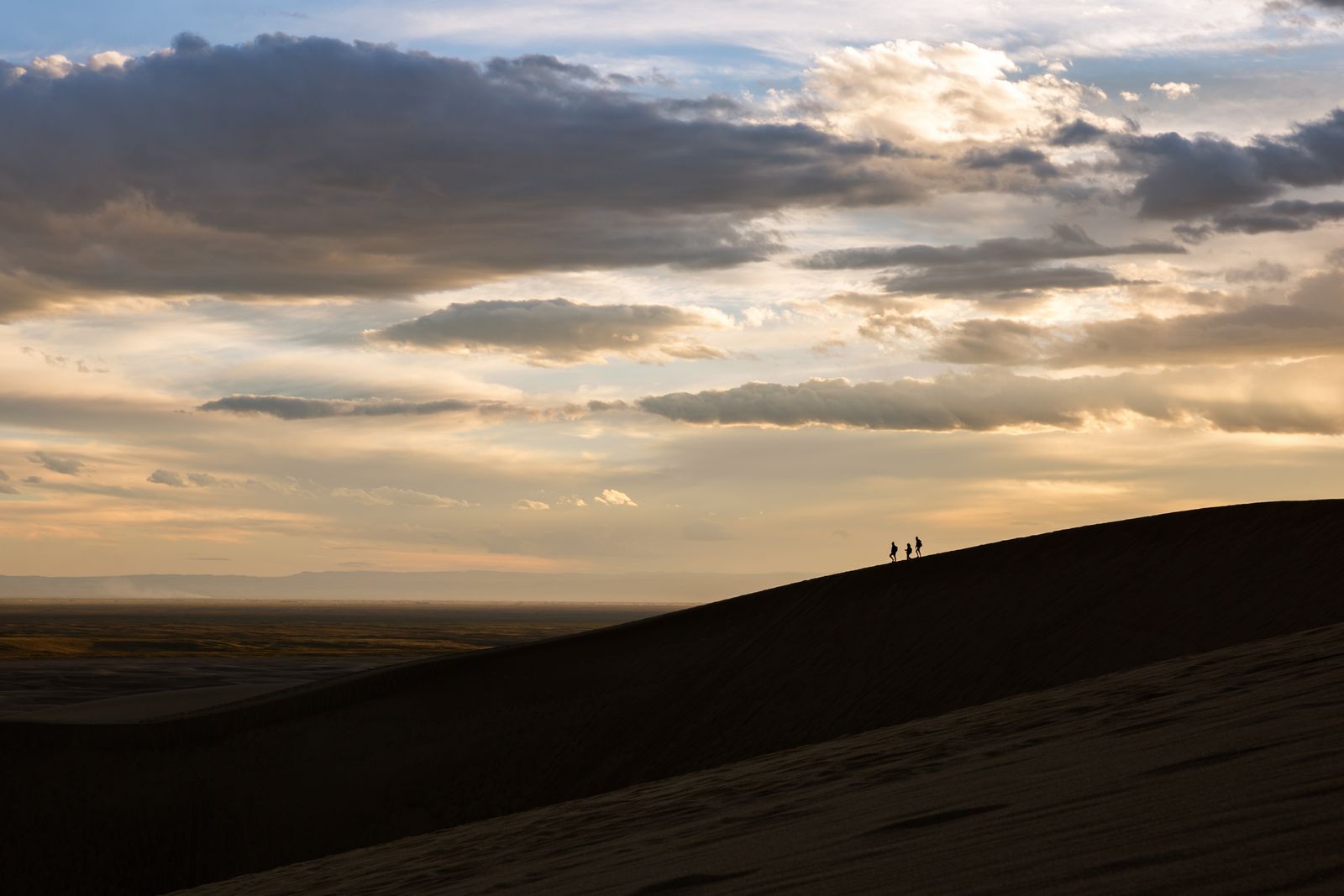
Basecamp
First thing's first, you'll want to find a place to stay. Alamosa is the largest town in the San Luis Valley and easily packs the most amenities 9along with other fun things to do in Colorado). There's a wide range of hotel and camping options keen to every budget. When it comes to food you'll definitely want to make time for Calvillo's, an Alamosa classic found downtown. While there are over 50 restaurants and cafes to choose from, this authentic Mexican restaurant lives up to its hype and boasts natural ingredients produced not far from town. The best place to grab a cold one at the end of the day is the San Luis Valley Brewing Company in downtown Alamosa.
Great Sand Dunes National Park and Preserve
The Great Sand Dunes National Park and Preserve is one of the most interesting landscapes to photograph. The Sangre de Cristo mountains are a collection of giant, craggy peaks, most reaching heights between 11,000 and 14,000 ft.! Nestled against these peaks are the Great Sand Dunes, and from the right angle, they almost seem to mimic the towering mountains above them.

What Makes the Sand Dunes So Great?
The striking contrast of the sand against the mountains alone makes for compelling images. The way the light dances on the sand and the clouds flicker across the sky creates interesting patterns and shadows across the sand. I have visited the dunes on multiple occasions, and each time the light and weather have been different, offering a unique experience each time. In the evening the sun glows across the landscape, casting orange and yellow hues. The texture of the sand adds interesting patterns to photos and exaggerates the contours of the dunes. The dunes are endlessly in motion offering a unique subject each visit.
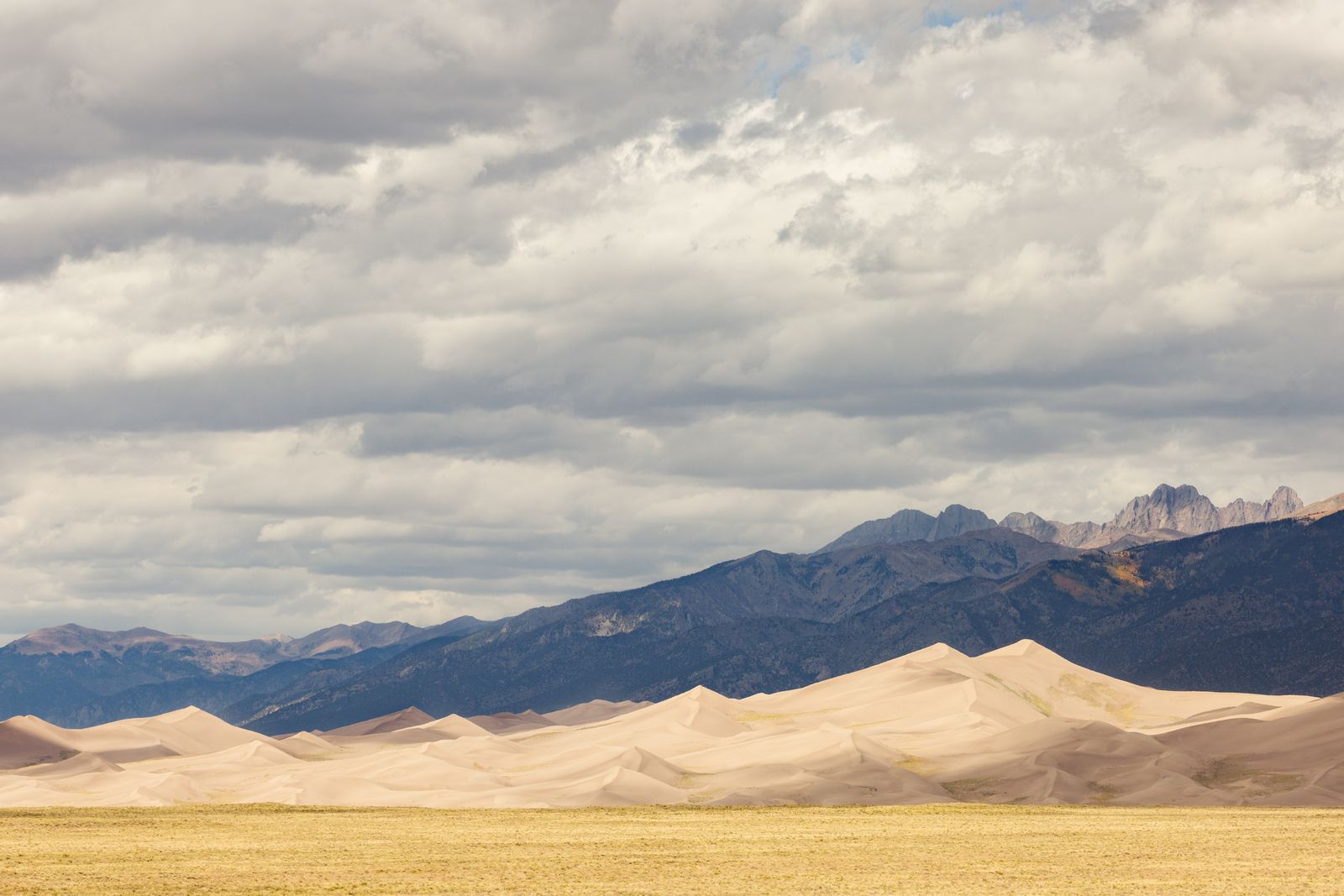
San Luis Valley National Wildlife Refuge Complex
Early in the morning, the quick drive out to the Alamosa Wildlife Refuge is a wonderful treat. The sky is streaked with pinks and yellows as the sun rises over the Sangre de Cristo mountain range in the distance. Inside the refuge, sounds from birds ring across the ponds and tall grasses.
I wish I could have bottled up the feeling of peace and tranquility that I felt that morning. The wildlife refuge is a great place to practice wildlife photography. Though a larger zoom lens would have been nice, I was still able to capture some great action that morning with my 70-200mm telephoto lens. Nearby we could see a variety of birds and a beaver swimming in a pond, while in the distance we heard the yips and howls of coyotes!
Top Locations Near Alamosa to Find Wildlife
Explore the best wildlife viewing spaces the San Luis Valley has to offer.
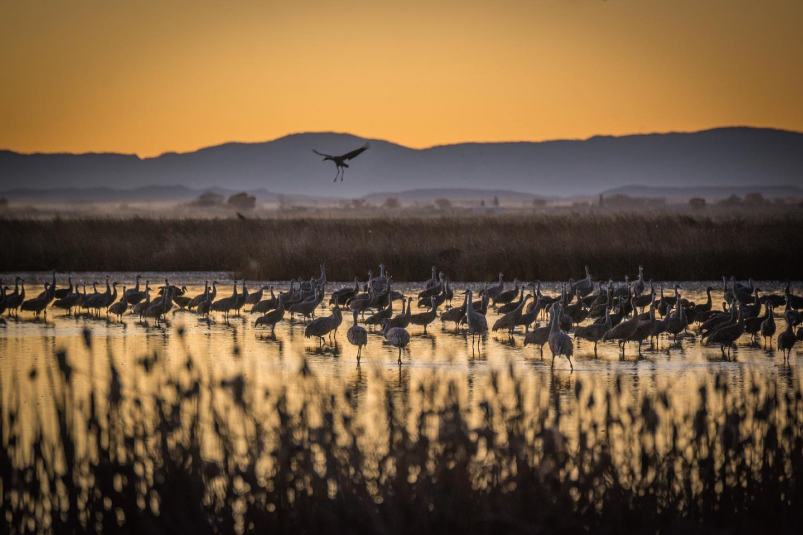 Photo: @hauserhandcrafted
Photo: @hauserhandcrafted
1
San Luis Valley National Wildlife Complex
Finding a venue for bird and wildlife watching isn’t difficult around these parts. One of the choice locations to visit is the San Luis Valley National Wildlife Refuge Complex, a group of three disparate but nearby refuge areas containing over 199,000 acres of vibrant ecosystems. Together, they are the Alamosa-Monte Vista-Baca Wildlife Refuge areas. Now connected by one administrative team striving toward the goal of improved conservation efforts, each of the three locations has something special to offer—not to mention breathtaking views!
Dig Deeper >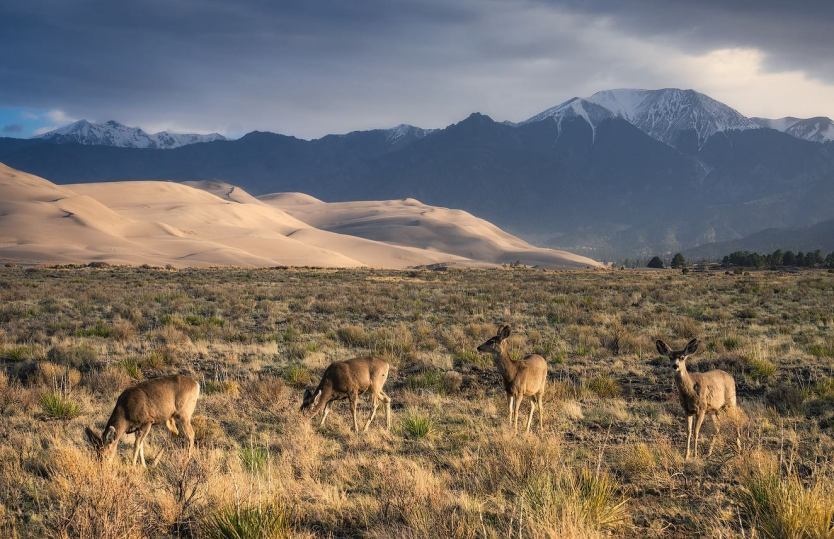 Photo: @josetorresphoto
Photo: @josetorresphoto
2
Great Sand Dunes National Park
The Great Sand Dunes National Park and Preserve offers an outstanding wildlife watching venue in itself, packed with layers of naturally diverse ecosystems spanning dunefield to alpine tundra. Over 250 bird species have been identified within the park alone. For a complete list of residential wildlife provided by the Great Sand Dunes National Park, click here.
Dig Deeper > Photo: @travelexplorephotos
Photo: @travelexplorephotos
3
San Luis Lakes State Park
San Luis Lakes is a state park offering a wide variety of recreation and wildlife viewing all in one. With close proximity to the Great Sand Dunes, visitors can camp, fish, and even motorboat (conditions permitting) on the lake while enjoying the vast views of the valley.
Dig Deeper >Don't Limit Yourself
Hanging by the Visitor's Center is already an exciting location for wildlife photography, but the refuge spans 12,026 acres. You can drive to other locations in the refuge, or even hike the 2 mile Rio Grande Nature Trail. Wherever you travel within the refuge though, you will consistently have the jagged peaks of the Sangre de Cristo as a dramatic backdrop for your photos.

But Wait, There's More!
For more landscape photography, consider trekking up the Mosca Pass Trail near the Great Sand Dunes National Park where you can capture the dunes from above. Other interesting places to practice landscape photography include Zapata Falls and Penitente Canyon near Del Norte. You'll likely find interesting landscapes just cruising along the highways in the area, too. For more wildlife photography, there are other wildlife refuges in the San Luis Valley including both the Monte Vista and Baca Wildlife Refuges.
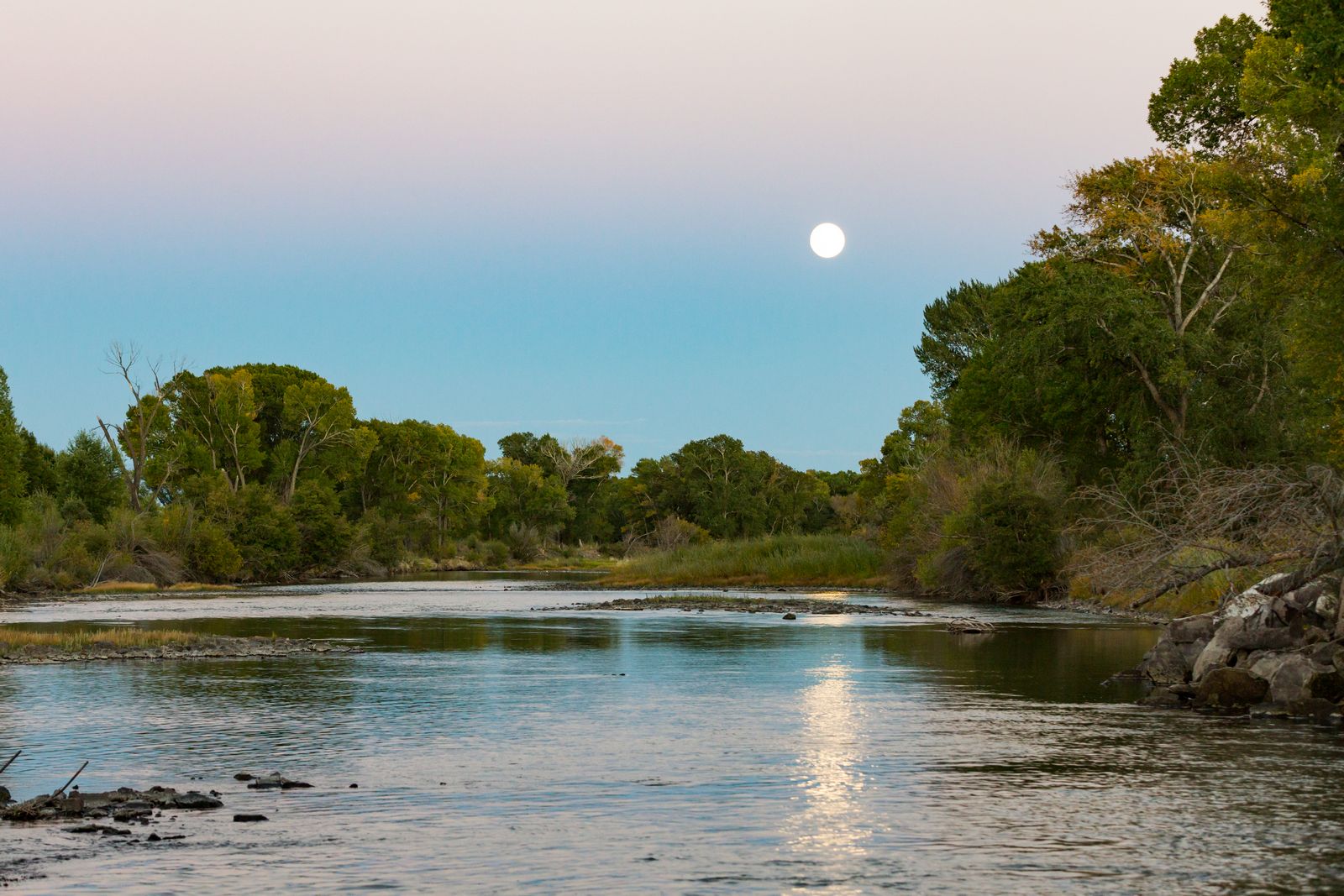
This story was created in partnership with Visit USA Parks, and updated 9/23/2021.
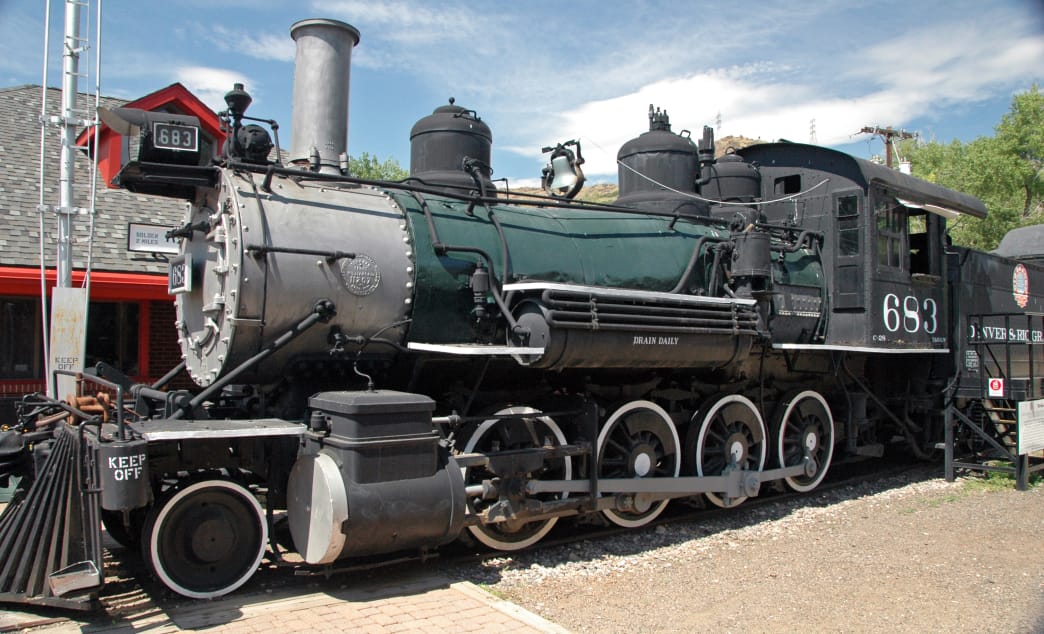
The Captivating Story of Colorado's Historic Alamosa
As you rumble through the Colorado mountains aboard the Rio Grande Scenic Railroad, it’s easy to imagine you’re a settler rolling into the west to start a new life.
When you hop off the train in Alamosa, you still feel that deep sense of yesteryear as you stroll among Mission-style buildings and adobe structures. With its long, rich history and many cultural influences, Alamosa is an intriguing destination for travelers who love to get a taste of the past. Of course, Alamosa’s fascinating history extends beyond the days of the Old West.
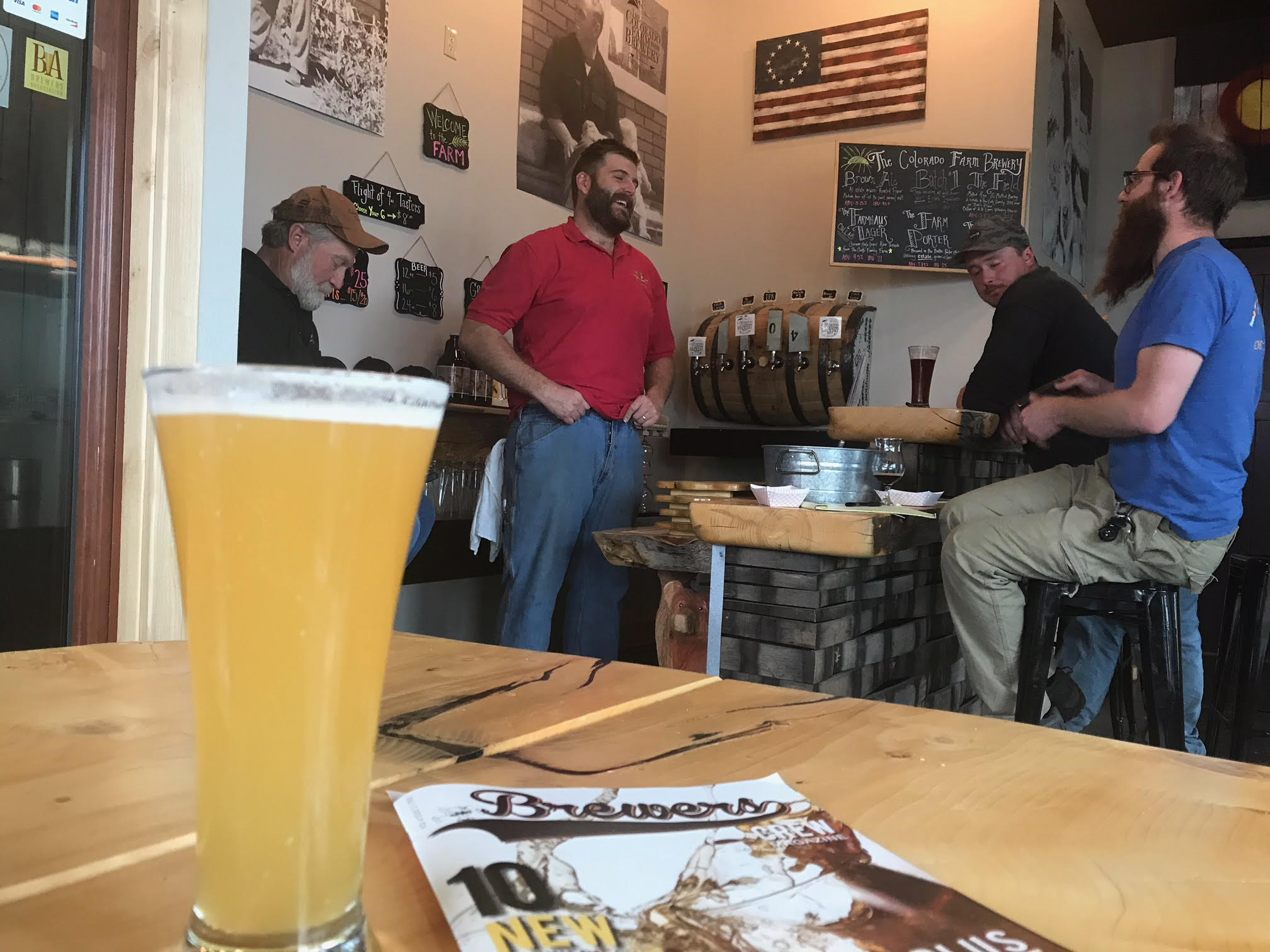
Farm to Tap: Beer in the San Luis Valley
On either side the river lie
Long fields of barley and of rye
that clothe the wold and meet the sky…
Alfred, Lord Tennyson - opening to The Lady of Shalott poem 1832
Though Tennyson wrote this poem about medieval England, his reference to fields of grains and a river could easily refer to the San Luis Valley and the Rio Grande. Not easily seen from the major highways passing through the valley, the fields of ‘irrigation circles,’ are there. They extend to the wolds, the higher uncultivated ground at the base of the mountains, which do indeed reach up to meet the sky!
For farming here, the first Spanish settlers dug ditches to capture water that trickles and tumbles off the high peaks to support growing food in this high desert valley. At an average elevation of 7,700 feet, with an annual average precipitation of only 7-10 inches on the valley floor, it became important to find and develop hearty crops to handle the harshness of high altitude sun, varying soil conditions, minimal rainfall, cold nights and low humidities. Potatoes worked well underground but how about above? Enter the ancient cultivated grains of barley, wheat and rye. Barley is especially suited to this valley.
With the presence of Coors in Golden, barley became a good cash crop for the farmers who had the soils, surface water rights and/or wells for irrigation. Farmers continue growing for Coors but now, the craft beer industry has expanded and requires more specialty malted grains, different varieties of hops, and new strains of yeast to allow eachbrewery to find its own niche. Oh, and good water.
More Articles ...
- 10 of the Most Instagram-Worthy Spots in the San Luis Valley
- Why You Should Experience Colorado's San Luis Valley By Train
- Great Sand Dunes to Host Amateur Astronomy Night
- Five of the Toughest Outdoor Adventures in Southern Colorado
- Celebrating the 4th of July in the San Luis Valley
- An Angler's Guide to the Best Fishing Near Alamosa
- Experience Alamosa: Take A Ride On The Rio Grande Scenic Railroad
- An Adventure Guide to the Rio Grande River in the San Luis Valley
- New Healthy Beginnings in the SLV
- Math, Physics & Fun!
- Back on Track to the Rio Frio
- Happy Thanksduning
- Rio Grande- A River Through Desert
- Choclorado Seasonal Beers and the Dark Season
- Autumn Part 2
- The Autumn Equinox in the San Luis Valley
- American Graffiti Meets Alamosa
- What's Growing On Around Here?!
- Colorado Backroads
- Great Sand Dunes NP Sunsets Stars and Sunrises







